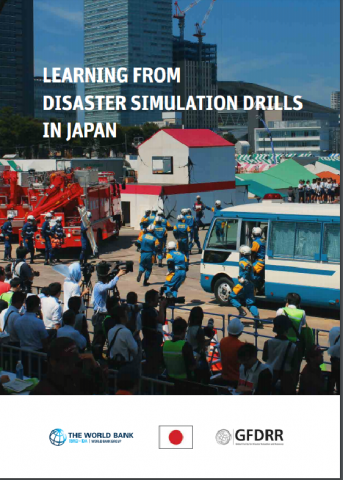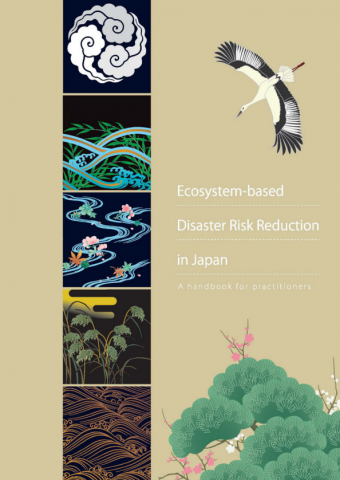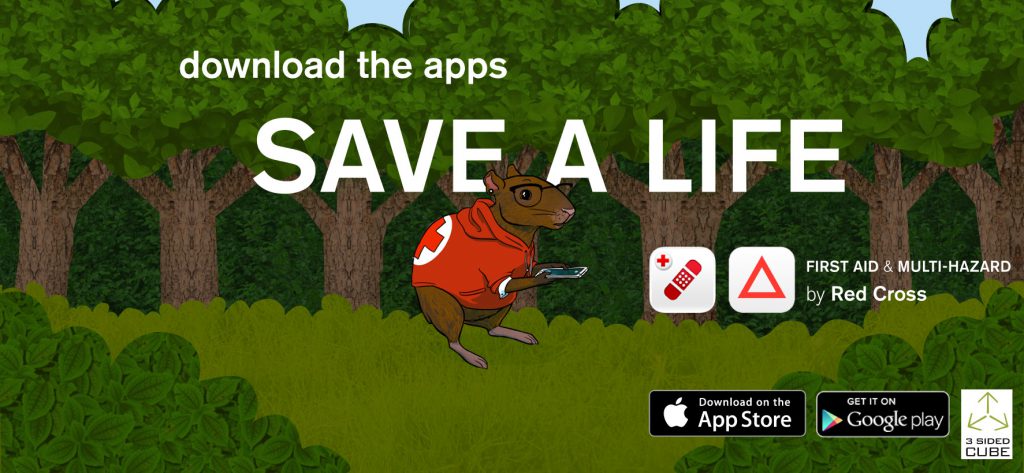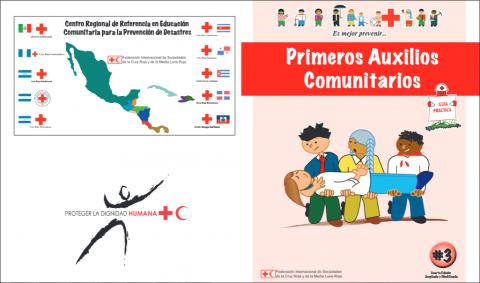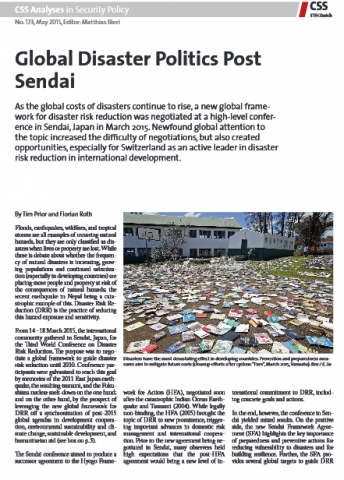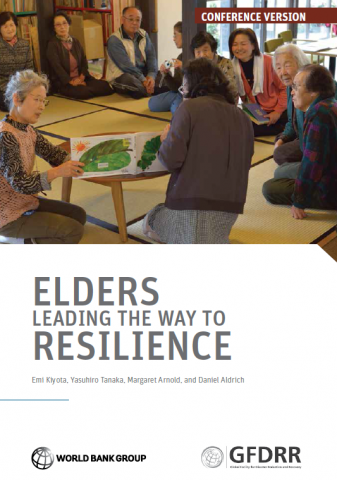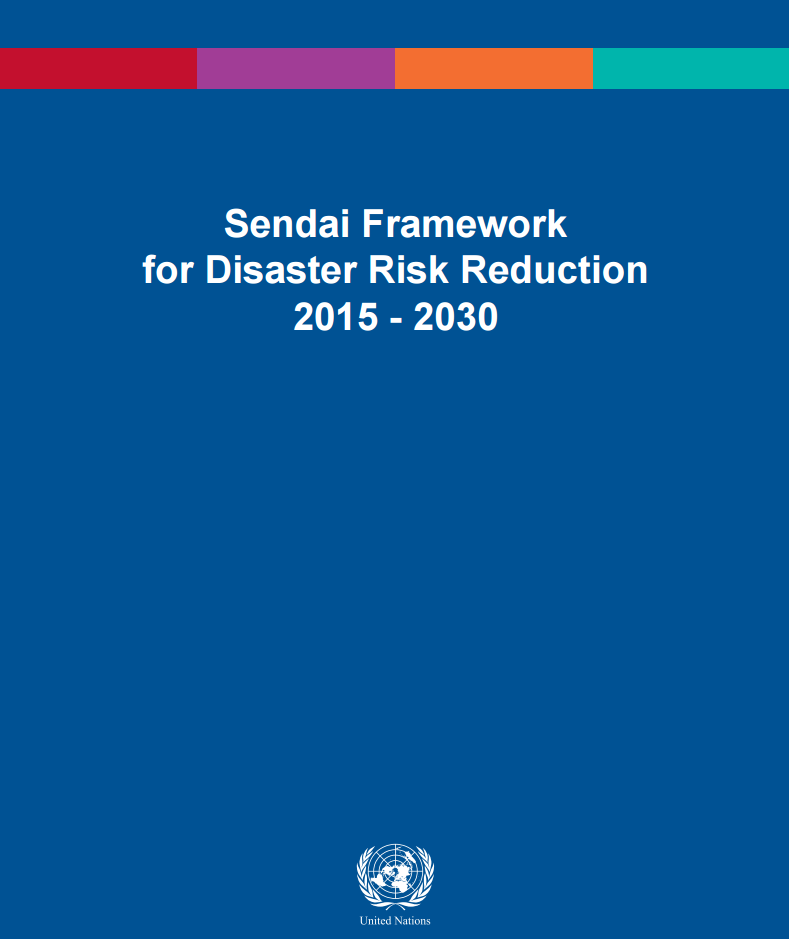Learning From Disaster Simulation Drills in Japan
This report was developed to introduce Japanese disaster simulation drills as a model to help other countries plan and implement disaster simulation drill exercises. The main objectives of this guideline are to: 1. Provide an overview of the institutional and legislative frameworks for Disaster Management which underpin the organization of disaster simulation drills in Japan; […]
Learning From Disaster Simulation Drills in Japan Read More »

